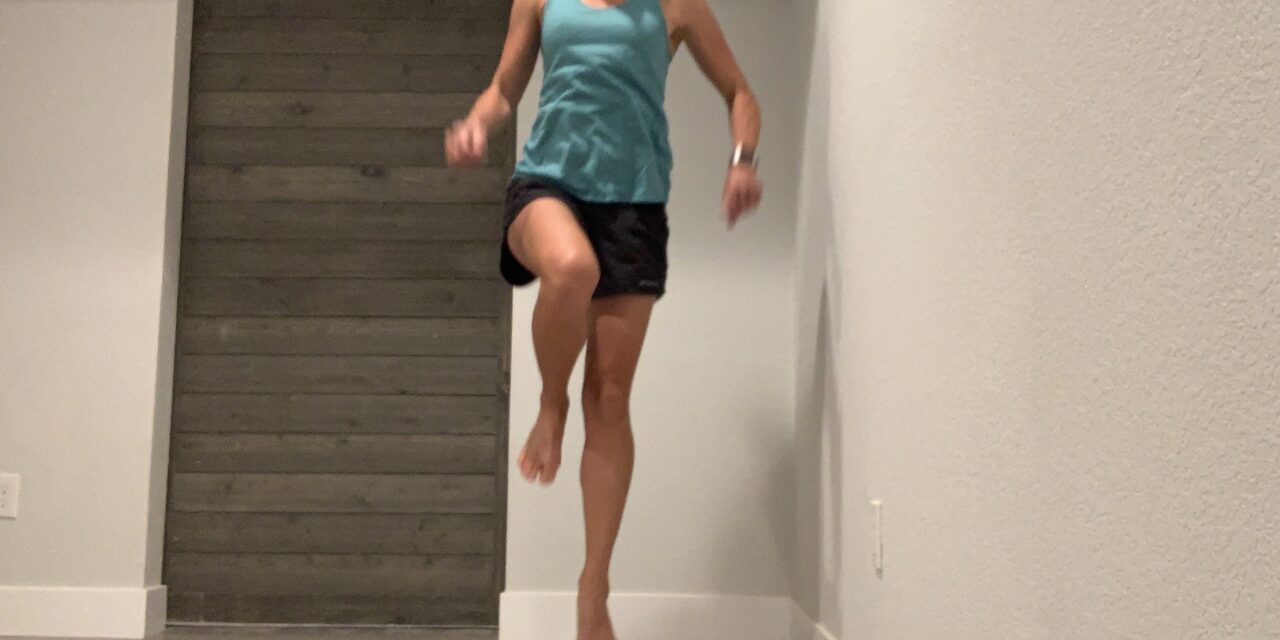As pelvic health physical therapists, we see CrossFit athletes for various reasons at our Boulder and Lafayette clinics. CrossFit is not an activity that is detrimental to the pelvic floor, even research has shown that, so we want all our CrossFit athletes to continue doing what they love. However, there are some common pelvic floor...
Pelvic organ prolapse (POP) is the descent or tissue laxity of the front (bladder), back (rectum), or top (cervical) aspect of the vaginal wall. With less support from connective tissue and muscles of the pelvis, the bladder, uterus, or rectum can press on the vaginal wall contributing to increased pelvic pressure or bulge sensation. The...
Best Tips To Stop Leaking While Jumping
December 1, 2020
Do you experience urinary leaking with jumping jacks, double-unders, box jumps or while jumping on the trampoline? Maybe you’re avoiding jumping altogether for fear of leaking or pelvic heaviness. Jumping is a great exercise as it helps build muscle strength and power, while challenging the cardiovascular system. It requires coordination, agility, and can be beneficial...
Pelvic organ prolapse occurs when there is a lack of support from the muscles or connective tissues around the bladder, rectum or uterus (if applicable). Symptoms can include: sensation of pelvic heaviness or pressure in the vagina or rectum, incomplete emptying of the bladder or rectum, and more outlined here. Risk factors for prolapse include:...
Pelvic floor muscle strengthening is a specific type of training program, targeted to strengthen the pelvic floor muscles. The pelvic floor is a group of muscles that are responsible for maintaining continence, providing support to internal organs, and are important for sexual function. People with low tone or weakness of their pelvic floor, who are...
Does Lifting Heavy Weights Increase The Chances Of Having Symptoms Of Pelvic Organ Prolapse?
October 5, 2020
A cross-sectional survey study by Forner et al. 2020, conducted through an online reporting survey of nearly 4,000 women looked at the prevalence of participants who reported pelvic organ prolapse symptoms (14%), defined as sensation of the vagina bulge, and the associated risk factors in women who lifted light (<15kg), moderate (16-50kg), or heavy (>50kg)...
What is pelvic organ prolapse and how do I know if I have it? Pelvic organ prolapse (POP) is the descent or tissue laxity of the front (bladder), back (rectum), or top (cervical) aspect of the vaginal wall. With less support from connective tissue and muscles of the pelvis, the bladder, uterus, or rectum can...


